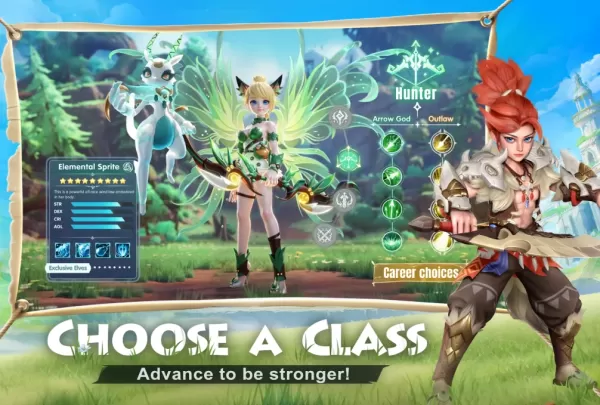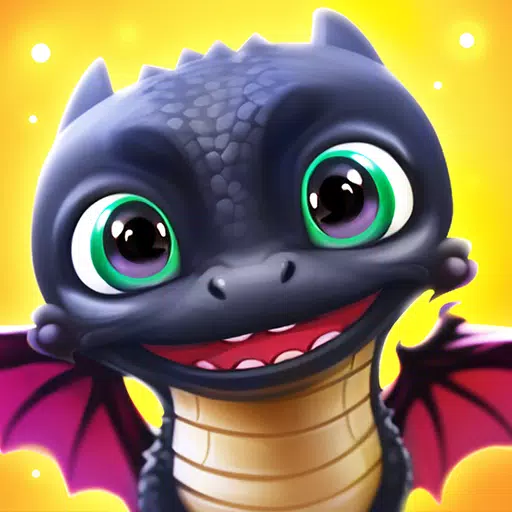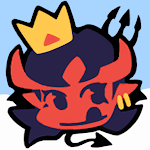Minecraft: From Humble Beginnings to Global Phenomenon
Minecraft's journey to becoming a globally recognized video game is a compelling story of innovation and community growth. This article details the evolution of Minecraft, from its initial conception to its current status as a cultural icon.
Table of Contents
- Initial Concept and First Release
- Cultivating a Dedicated Player Base
- Official Launch and International Expansion
- Minecraft Versions Through Time
Initial Concept and First Release
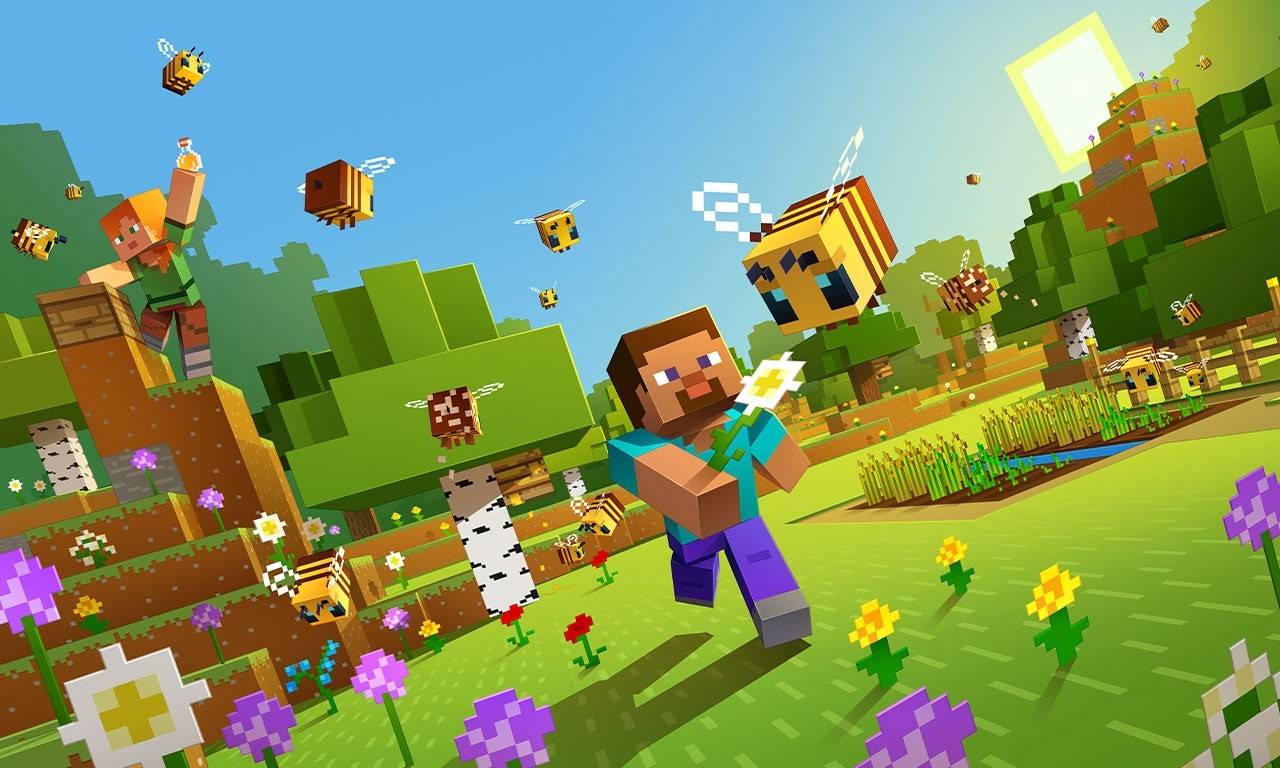 Image: apkpure.cfd
Image: apkpure.cfd
Created by Markus Persson ("Notch") in Sweden, Minecraft drew inspiration from games like Dwarf Fortress, Dungeon Keeper, and Infiniminer. Notch envisioned a game emphasizing freedom of building and exploration. The alpha version debuted on May 17, 2009, a lightweight pixelated sandbox experience developed during his time at King.com. Its intuitive building mechanics quickly attracted attention.
Cultivating a Dedicated Player Base
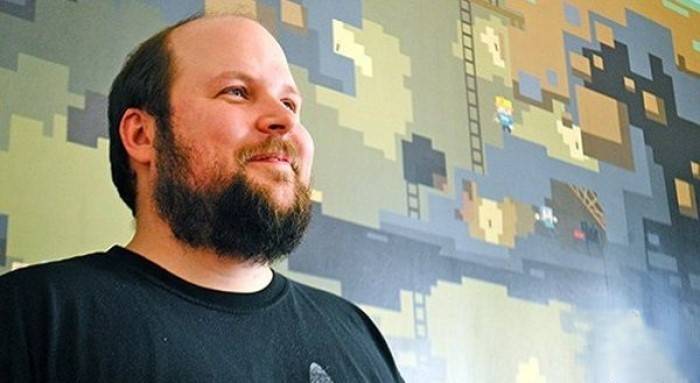 Image: miastogier.pl
Image: miastogier.pl
Word-of-mouth and online player communities propelled Minecraft's growth. Transitioning to beta in 2010, Persson founded Mojang Studios to fully dedicate himself to the game's development. Minecraft's unique concept and limitless creative potential resonated with players, who constructed everything from homes to elaborate cityscapes. The introduction of Redstone, a material enabling complex mechanisms, was a significant milestone.
Official Launch and International Expansion
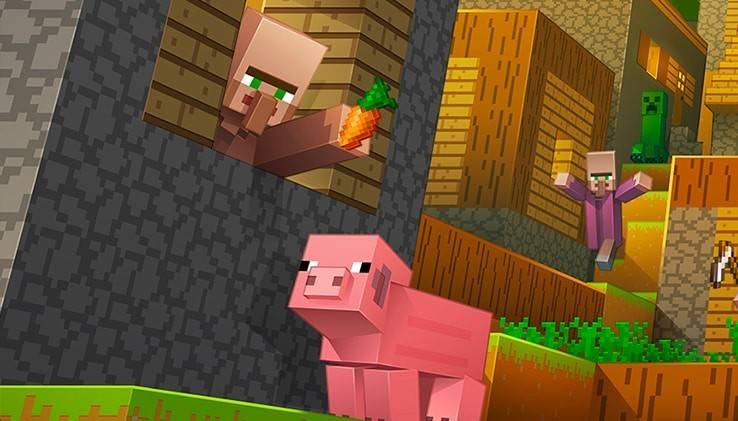 Image: minecraft.net
Image: minecraft.net
Minecraft's official 1.0 release on November 18, 2011, solidified its position with millions of players. The game's massive and engaged community fostered the creation of countless modifications, maps, and even educational projects. Expanding to consoles like Xbox 360 and PlayStation 3 in 2012 further broadened its reach, captivating children and teenagers alike. The blend of entertainment and educational possibilities became a key differentiator.
Minecraft Versions Through Time
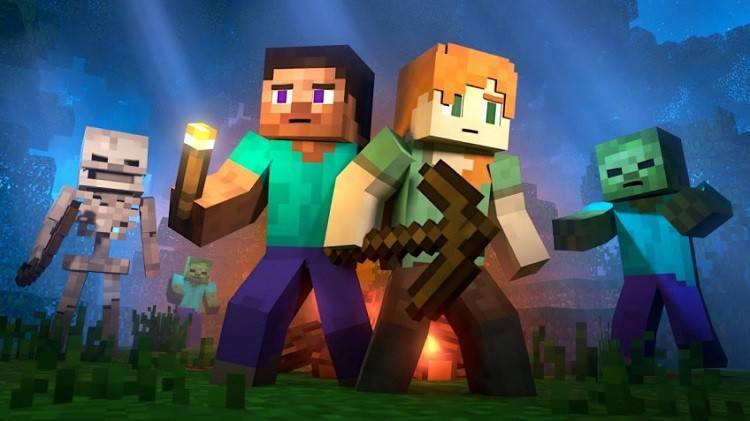 Image: aparat.com
Image: aparat.com
Below is a summary of key Minecraft versions following the official release:
| **Version Name** | **Description** |
| Minecraft Classic | The original free version. |
| Minecraft: Java Edition | Initially lacked cross-platform play; later integrated Bedrock Edition. |
| Minecraft: Bedrock Edition | Introduced cross-platform play across Bedrock versions; PC version includes Java. |
| Minecraft mobile | Cross-platform with other Bedrock editions. |
| Minecraft for Chromebook | Chromebook-specific version. |
| Minecraft for Nintendo Switch | Includes the Super Mario Mash-up pack. |
| Minecraft for PlayStation | Cross-platform with other Bedrock editions. |
| Minecraft for Xbox One | Partially Bedrock; no longer receiving updates. |
| Minecraft for Xbox 360 | Support discontinued after the Aquatic Update. |
| Minecraft for PS4 | Partially Bedrock; no longer receiving updates. |
| Minecraft for PS3 | Support discontinued. |
| Minecraft for PlayStation Vita | Support discontinued. |
| Minecraft for Wii U | Offered off-screen play. |
| Minecraft: New Nintendo 3DS Edition | Support discontinued. |
| Minecraft for China | China-only version. |
| Minecraft Education | Educational version used in schools and learning environments. |
| Minecraft: PI Edition | Educational version for Raspberry Pi. |
Conclusion
Minecraft's enduring success transcends its status as a simple video game. It's a thriving ecosystem encompassing communities, online content, merchandise, and competitive events. With ongoing updates introducing new content, Minecraft continues to captivate players worldwide.


